Art & Exhibitions
A Show of ‘Interview’ Covers Revels in the Celebrity-Studded Culture of the 1980s
"He makes everyone look so famous," Warhol once said of the magazine's cover photographer.
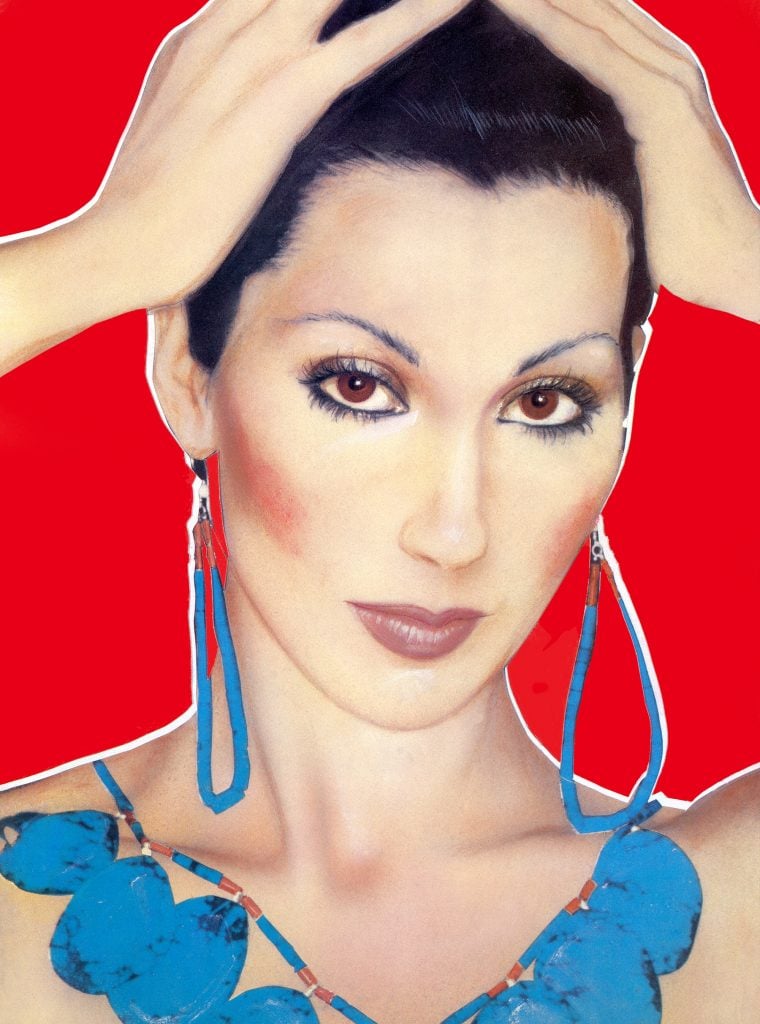
“The Crystal Ball of Pop” was the nickname bestowed upon Interview magazine after its founding in 1969 by Andy Warhol. The magazine celebrated the zeitgeist’s values of wealth, beauty, and fame, apparent at first glance with their iconic cover photographs of A-list celebrities. Many thought Warhol himself was behind the covers, but the work was all Richard Bernstein’s.
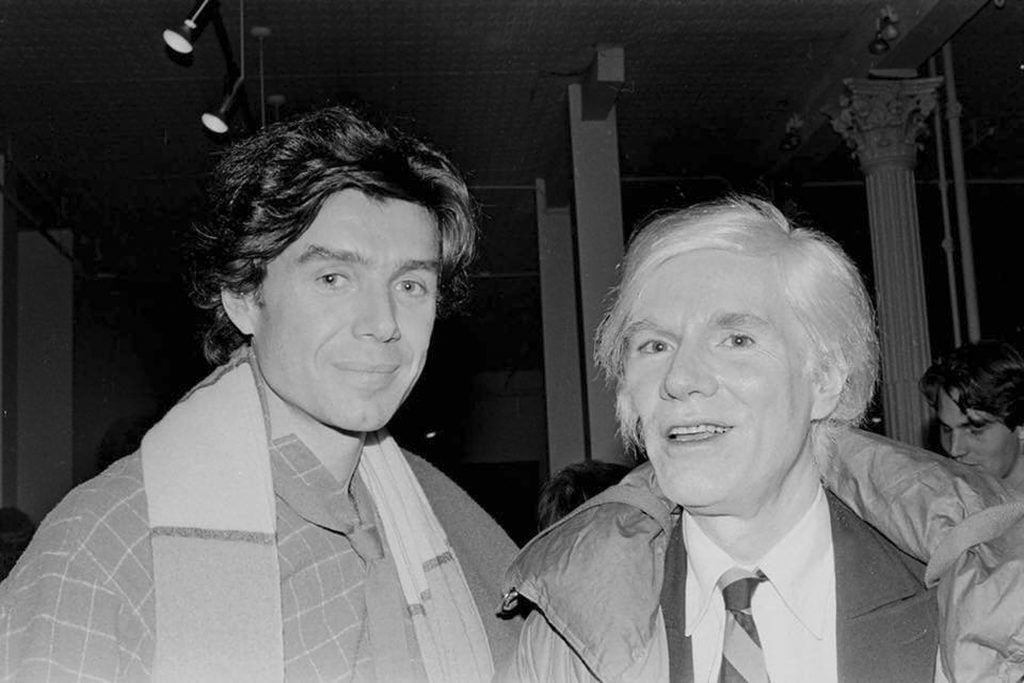
Richard Bernstein and Andy Warhol in 1978, photographed by Bobby Grossman. Photo courtesy of NeueHouse Madison Square.
“Richard Bernstein is my favorite artist. He makes everyone look so famous,’ said Warhol, who took interest in the artist after attending his solo show in 1965. Between 1972 and 1989, Bernstein made 189 mixed-media, polychromatic covers for the magazine, featuring the likes of Cher, Stevie Wonder, Mick Jagger, and his dear friend Grace Jones, whose son he was godfather to. His work has been shown at the Museum of Modern Art, the Met, and the National Portrait Gallery. A new exhibition at NeueHouse in New York will showcase more than 20 of his star-studded portraits.
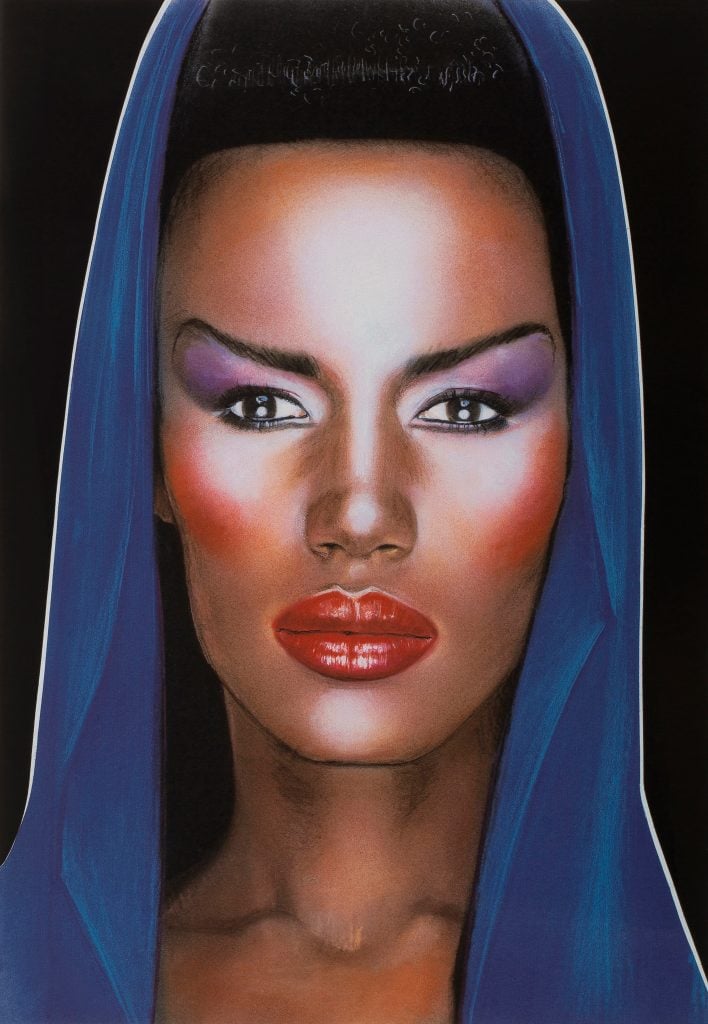
Grace Jones on the cover of Interview magazine in October, 1984. Photo courtesy of NeueHouse Madison Square.
Working out of a studio in Chelsea, Bernstein thrived in the beating heart of NYC’s social scene amid a celebrity-heavy culture of hedonism. He had a Studio 54 VIP card. If the club ever wanted a particular celebrity to attend, they would call Bernstein and invite him directly. His work is emblematic of the high-glamor of its time
Bernstein was also an innovator, creating deepfake nudes of celebrities decades before the advent of A.I. In 1968, he created one of his most controversial pieces, The Nude Beatles, a neon technicolor group portrait with the Fab Fours’ heads superimposed on lithe, naked male bodies. The prints were confiscated by order of a French judge, and the Beatles label, Apple Records, filed a losing lawsuit against him. When Bernstein later met John Lennon, he impressed upon him the missed opportunity of using the scandalous image for an album cover.
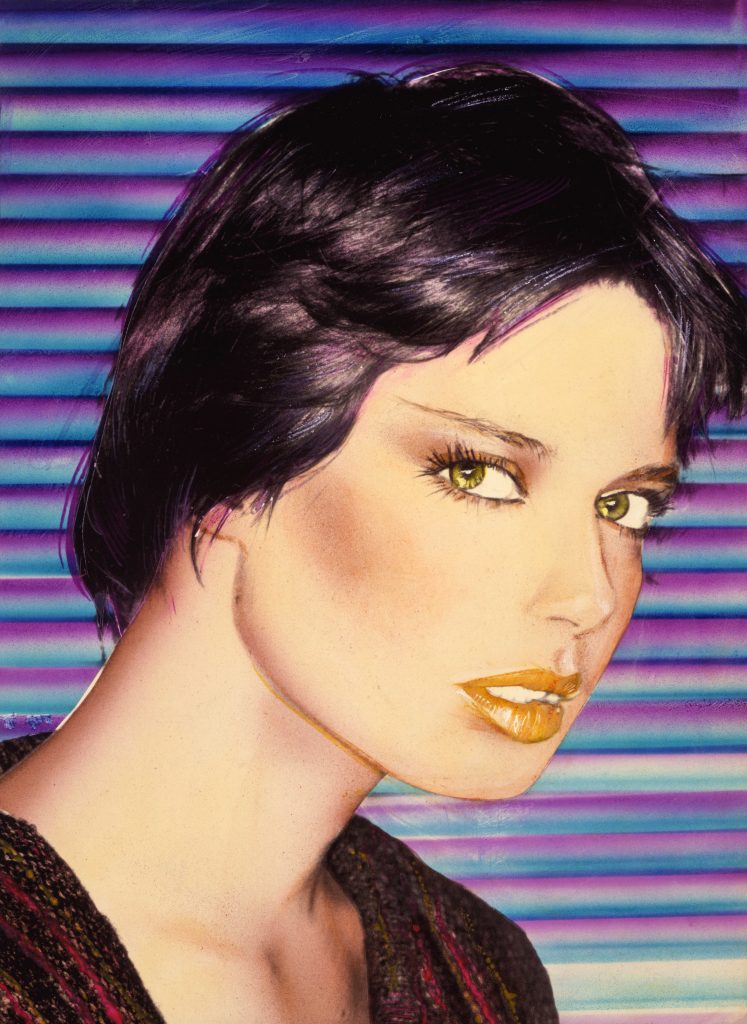
Bernstein’s cover image of Isabella Rossellini from the January 1982 issue of Interview magazine. Photo courtesy of NeueHouse Madison Square.
For the magazine covers, Interview would commission other hot analog photographers who produced a silver gelatin print that was delivered to Bernstein for manipulation and bedazzlement before going to print. Rory Trifon, the president of the estate of Richard Bernstein, elaborated on the process: “the cover subject was decided by Bob Colacello, art directed by Marc Balet, and photographed by the world’s most renowned photographers such as Greg Gorman, Matthew Rolston, Albert Watson, and Peter Strongwater among others.” Each of those photographers would supply Bernstein with a group of silver gelatin prints, who “would then choose the best image and then crop, enlarge, and illustrate; airbrush, paint, and collage to achieve the final piece. The artwork would be approved by Andy and then it would go to print. Taken together, the overall collaborative covers are the final result from the greatest photographers, illustrated by Pop Art’s greatest illustrator, and approved by the Pope of Pop himself making them truly remarkable.”
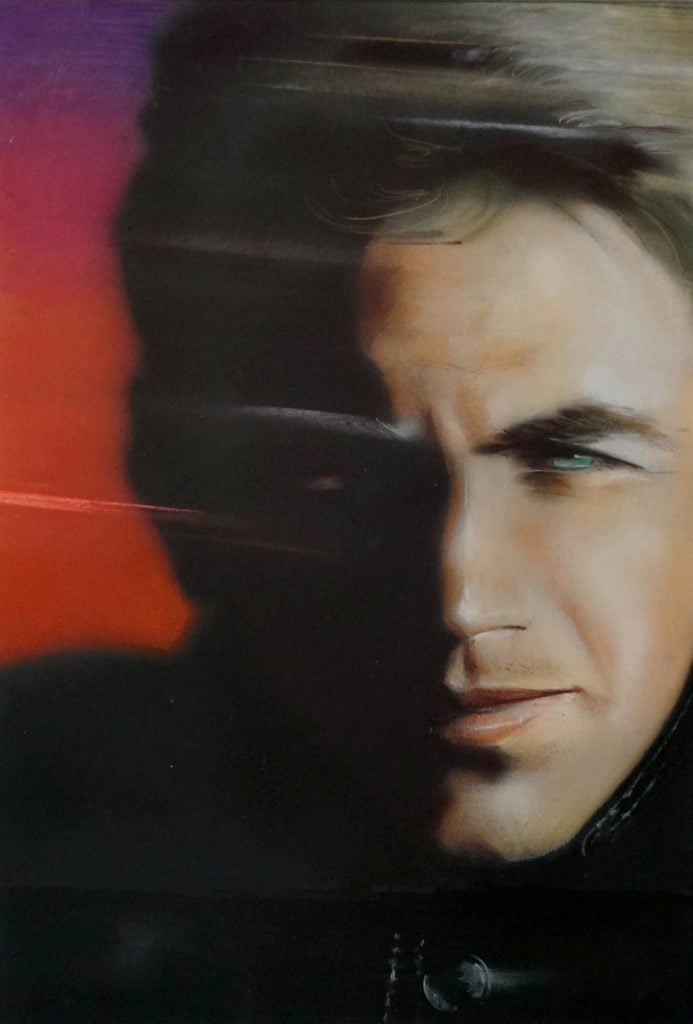
The June 1984 cover of Interview magazine featured Kevin Costner, by Richard Bernstein. Photo courtesy of NeueHouse Madison Square.
Thirty years before Damien Hirst’s famous paintings of pills, Richard Bernstein was exhibiting paintings of pills while he lived and worked in Paris. Paloma Picasso, daughter of Pablo Picasso, was his art assistant. Praising her former boss, Picasso once said, “Bernstein puts wit into the beauties, fantasy into the rich, depth into the glamorous and adds instant patina to newcomers.”
The exhibition The Interview Magazine Covers, 1972-1989: Richard Bernstein’s Portraits of Andy Warhol’s Interview Magazine runs from March 26–June 30, 2024 at NeueHouse, Madison Square, New York.
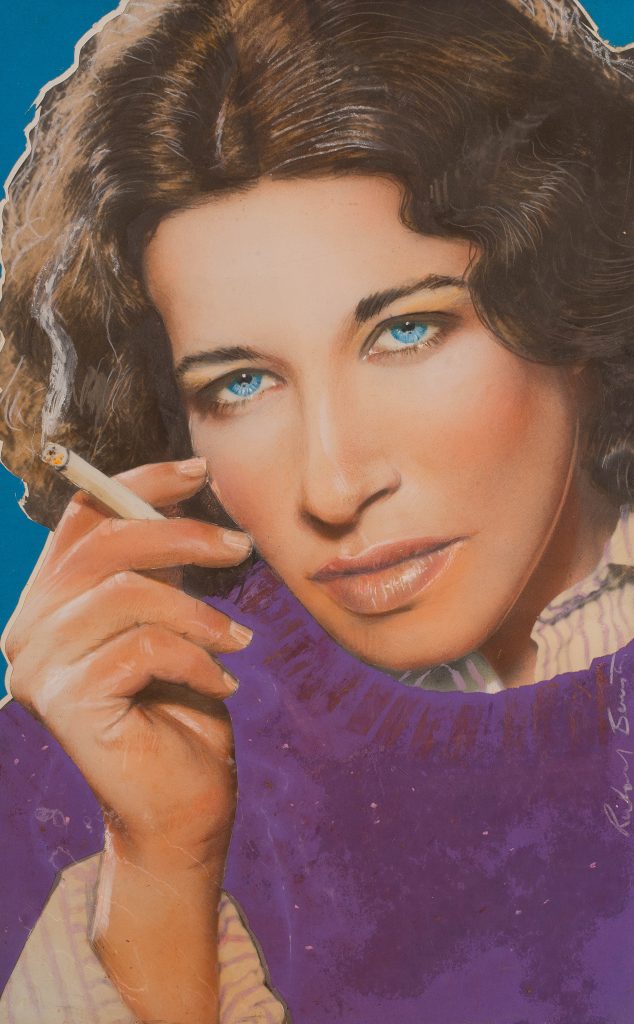
September 1981, Fran Lebowitz made the cover of Interview magazine. By Richard Bernstein. Photo courtesy of NeueHouse Madison Square.
“The Interview Magazine Covers, 1972–1989: Richard Bernstein’s Portraits for Andy Warhol’s Interview Magazine” is on view at NeueHouse Madison Square, 110 E 25th St, New York, through June 30.





